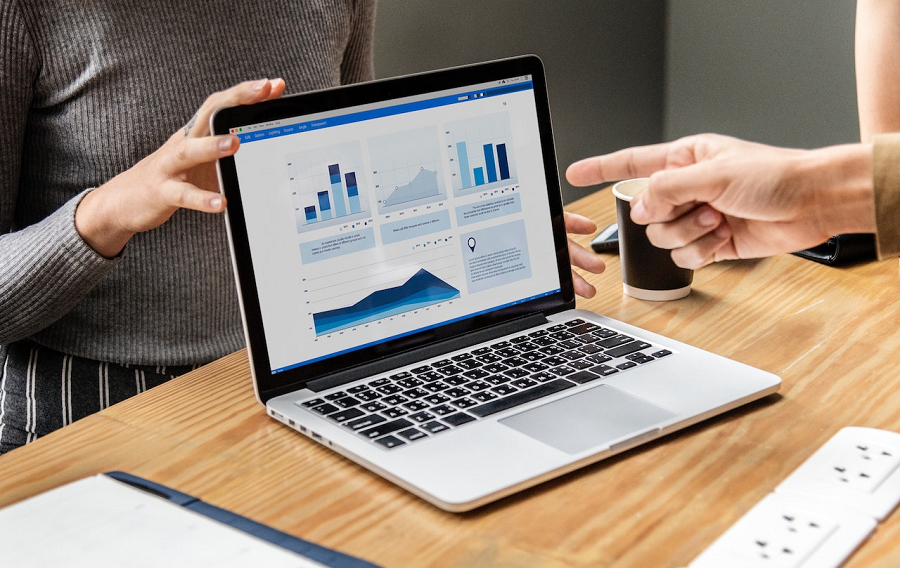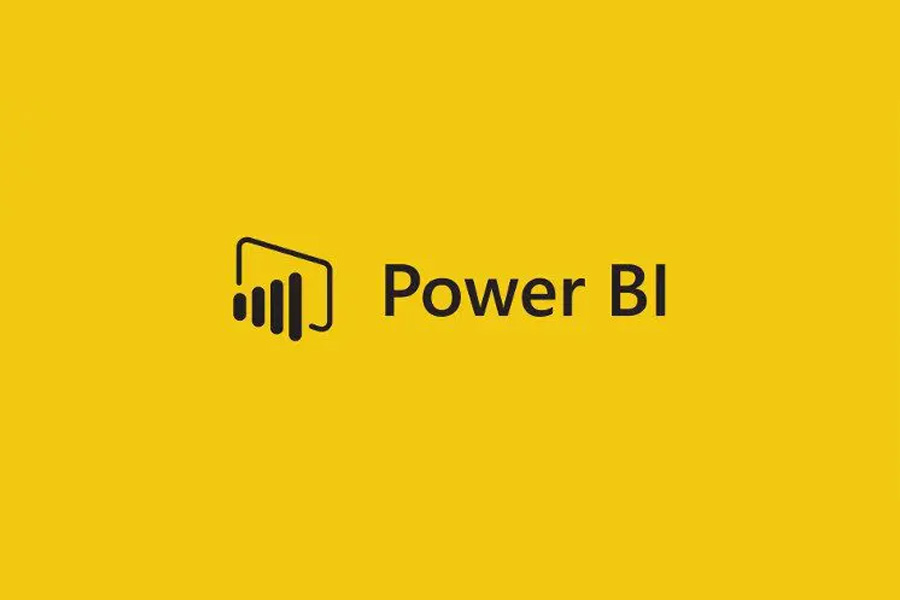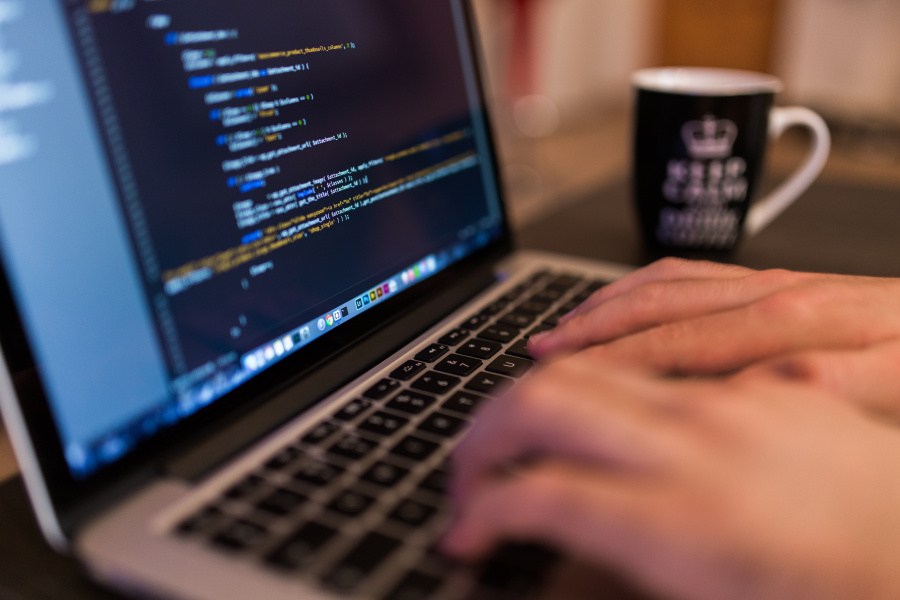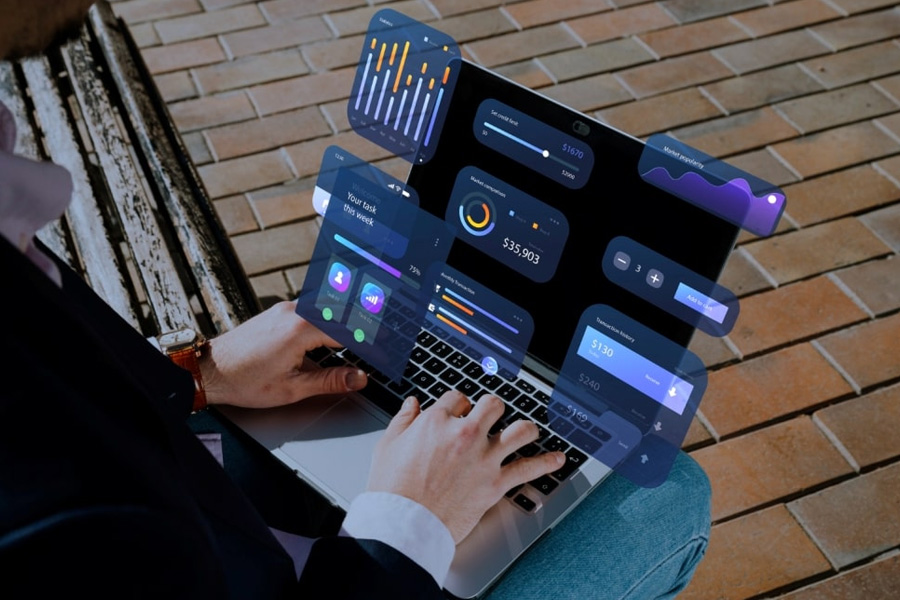Although human beings can be great decision-makers, they are bound to be influenced by emotions, biases, and prejudices and end up making poor decisions. Such bad decisions can negatively impact business growth and returns on investment. It may also be cumbersome for humans to analyze tons of data to arrive at good decisions.
Machine learning and predictive analysis came in to overcome the human weaknesses in decision making. These tools only need to be supplied with data to give accurate decisions that are actionable. They also bring out data patterns that show opportunities for business or organizational growth.
People analytics defined
It is also known as HR analytics and refers to the utilization of data patterns as well as other statistics to aid the better the making of decisions and improvement of performance. It enables a business to determine the effects of various HR metrics such as retention rate and time to hire on the performance of the business or organization.
There has been a massive evolution of people analytics from when it was initially employed in organizations in the 1900s. A notable shift has occurred from perceptive analytics to predictive analytics, and this has made organizations ready for the dynamic environment and to be proactive but not reactive.
For an organization to carry out people analytics, it needs the necessary system in place. Such systems can be sourced from SynelAmericas, a global leader in providing workforce management solutions.
The process of people analytics
The process of people analytics involves the following steps:
Selecting the relevant data:
This process identifies the data that is relevant to the specific business goal after gathering data from the various sources. They then come up with key performance indicators.
Come up with an HR dashboard:
An HR dashboard acts as a single point of interaction with all the HR data both internal and external. It offers a graphical or visual representation of the data to enable analysts to grasp the insights related to HR metrics, which translates to success.
Enhance analytic capabilities:
Since most HR teams lack the relevant skills to effectively execute analytics initiative, their capacity needs to be enhanced. Training them with the help of a business intelligence team will build their capabilities.
Execute HR analytics:
The business problem to be solved is identified and retention is improved. Those involved need to link analytics to specific business outcomes. The problems are prioritized into two criteria: the business impact and the required effort. High-impact and low-effort ideas should be addressed first.
Carry constant improvement:
When you start employing HR analytics as a way of tackling business problems, you need to constantly check your analytic processes for errors, inefficiencies, and risks. You need to monitor repetitive issues and make the needed structural changes to avoid their recurrence in the future. After having done away with all inconsistencies in the system through the needed tweaking, you can go on to predictive HR analytics.

The trends of people analytics
Although people analytics enables organizations to make use of data more than ever before, it is a fairly new idea for most companies and most of them are not sure if it is worth investing in. Here are some trends to help clearly understand the current state of people analytics:
The process presents a learning curve:
The organization needs to get the right user-friendly and less complex tools that do not need advanced training or data science experts to do analysis. The faster the HR team can grasp how to use the tools, get usable data and utilize it, the better so that the company gets returns on its investment.
There is still a need for the human touch in HR:
Despite machine learning and AI becoming more common, they cannot take the place of human input in HR functions, for instance, the interaction between an HR professional and staff or potential hires. Humans in HR must decide if a candidate is a right fit even after analytics picks the most suitable ones for interviews.
People analytics is getting more embraced:
More and more organizations are realizing that human capital is a key competitive advantage, so they are incorporating analytics into their HR functions. Those who delay doing so stand to lose their competitive advantage.
Tool for people analytics
The tools to use for people analytics depends on the level of analytics needed:
Level 1 tools :
You are starting on people analytics and you need tools to help you gather, accumulate, and put data into visual representations that can be interpreted. The tools needed should allow easy usage and data access. Such tools include:
- Tableau
- Power B1
- Qlik
Level 2 tools:
You got the data that you need and you require further understanding for better analysis and stronger decision making. The tools include:
- Statistical tools like SPSS and Excel
- Visier
Level 3 tools:
The organization needs to go beyond data analysis to making intuitive predictions informed by upcoming trends. Tools to help in this include:
- Python
- Rstudio
These tools can help to do sophisticated analysis of big data but may compel you to hire specialists like data scientists.
Conclusion
People analytics is a critical development in HR and calls for well-informed and suitable professionals with a great understanding of employee lifecycle events. They must also have mastered analytical tools and other necessary tools. People analytics has benefits like enabling the hiring of suitable talents, improving staff retention, and others.





